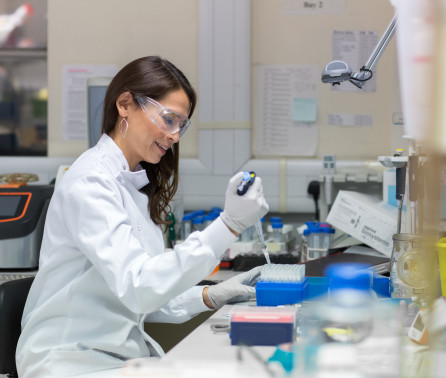BibTex format
@article{Zhu:2021:10.1016/j.cmi.2021.02.007,
author = {Zhu, N and Aylin, P and Rawson, T and Gilchrist, M and Majeed, A and Holmes, A},
doi = {10.1016/j.cmi.2021.02.007},
journal = {Clinical Microbiology and Infection},
pages = {762--768},
title = {Investigating the impact of COVID-19 on primary care antibiotic prescribing in North West London across two epidemic waves},
url = {http://dx.doi.org/10.1016/j.cmi.2021.02.007},
volume = {27},
year = {2021}
}
RIS format (EndNote, RefMan)
TY - JOUR
AB - ObjectivesWe investigated the impact of COVID-19 and national pandemic response on primary care antibiotic prescribing in London.MethodsIndividual prescribing records between 2015 and 2020 for 2 million residents in north west London were analysed. Prescribing records were linked to SARS-CoV-2 test results. Prescribing volumes, in total, and stratified by patient characteristics, antibiotic class and AWaRe classification, were investigated. Interrupted time series analysis was performed to detect measurable change in the trend of prescribing volume since the national lockdown in March 2020, immediately before the first COVID-19 peak in London.ResultsRecords covering 366 059 patients, 730 001 antibiotic items and 848 201 SARS-CoV-2 tests between January and November 2020 were analysed. Before March 2020, there was a background downward trend (decreasing by 584 items/month) in primary care antibiotic prescribing. This reduction rate accelerated to 3504 items/month from March 2020. This rate of decrease was sustained beyond the initial peak, continuing into winter and the second peak. Despite an overall reduction in prescribing volume, co-amoxiclav, a broad-spectrum “Access” antibiotic, prescribing rose by 70.1% in patients aged 50 and older from February to April. Commonly prescribed antibiotics within 14 days of a positive SARS-CoV-2 test were amoxicillin (863/2474, 34.9%) and doxycycline (678/2474, 27.4%). This aligned with national guidelines on management of community pneumonia of unclear cause. The proportion of “Watch” antibiotics used decreased during the peak in COVID-19.DiscussionA sustained reduction in community antibiotic prescribing has been observed since the first lockdown. Investigation of community-onset infectious diseases and potential unintended consequences of reduced prescribing is urgently needed.
AU - Zhu,N
AU - Aylin,P
AU - Rawson,T
AU - Gilchrist,M
AU - Majeed,A
AU - Holmes,A
DO - 10.1016/j.cmi.2021.02.007
EP - 768
PY - 2021///
SN - 1198-743X
SP - 762
TI - Investigating the impact of COVID-19 on primary care antibiotic prescribing in North West London across two epidemic waves
T2 - Clinical Microbiology and Infection
UR - http://dx.doi.org/10.1016/j.cmi.2021.02.007
UR - http://gateway.webofknowledge.com/gateway/Gateway.cgi?GWVersion=2&SrcApp=PARTNER_APP&SrcAuth=LinksAMR&KeyUT=WOS:000674173500016&DestLinkType=FullRecord&DestApp=ALL_WOS&UsrCustomerID=1ba7043ffcc86c417c072aa74d649202
UR - https://www.sciencedirect.com/science/article/pii/S1198743X21000823?via%3Dihub
UR - http://hdl.handle.net/10044/1/91918
VL - 27
ER -
